
Brad Peterson, P.E., CFM, LEED AP
Senior Vice President Civil - InfrastructurePedestrian safety isn’t just a buzz phrase, it’s an essential part of any road design. Safely crossing a local street or roadway is one of the most important parts of a municipal project. Although traditional crosswalks serve their purpose, a raised crosswalk or speed table can be a great, aesthetically pleasing option to further ensure pedestrian safety.
Raised crosswalks are ramped crossings with a flat top, spanning the entire width of the roadway. What makes these pedestrian crossings unique is that they are the same height as the sidewalk, meaning that pedestrians can make a smooth transition from the sidewalk to crossing the roadway. Since vehicles encounter an incline as they approach the crosswalk, the pedestrian is more prominent in the driver’s vision.
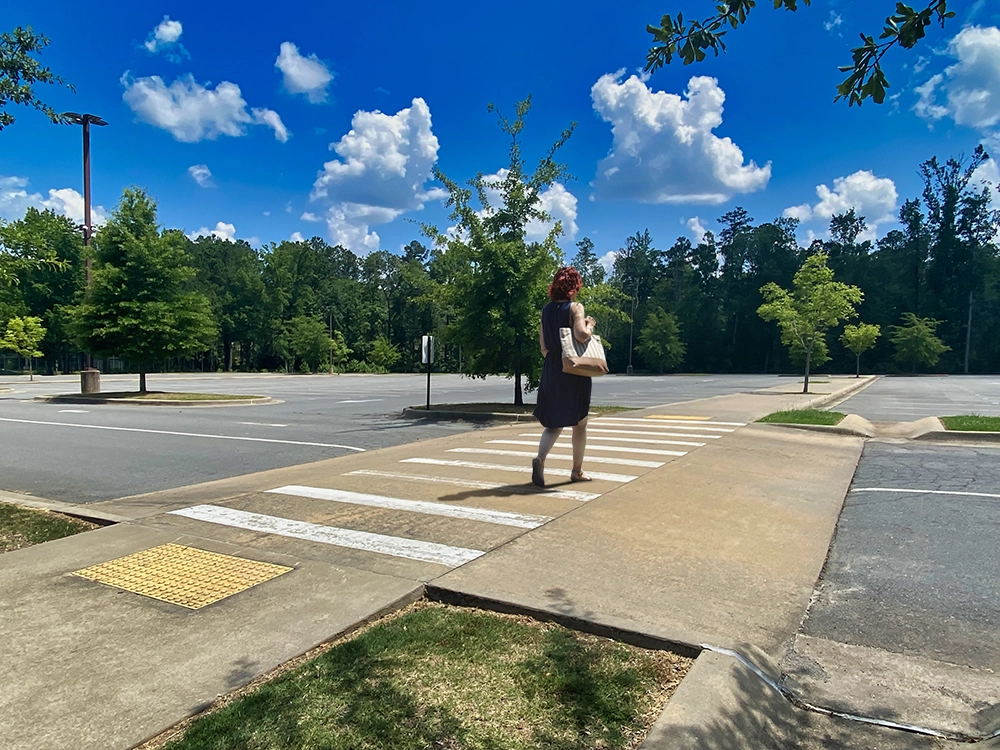
These crosswalks send a somewhat subtle message to both drivers and pedestrians that pedestrians have priority in this particular space. Using this design technique places a higher value on protecting pedestrian traffic. By design, these crosswalks serve as a traffic-calming measure and can decrease pedestrian crashes by as much as 45%. Some pedestrian crossings that utilize speed tables also include HAWK signals or Rectangular Rapid Flashing Beacons (RRFB) to ensure pedestrian safety if the foot traffic volume warrants hand-activated signalization.
Design considerations and cost
The primary design feature of a raised crosswalk is that it is flush with the sidewalk. This feature provides seamless access for wheelchair users as they can roll across at the same elevation rather than a vertical transition off the sidewalk at a curb ramp to enter a lower crosswalk in the roadway. This incline on the road aids in slowing vehicles as they approach the crossing. Bollards can provide a barrier for pedestrians in the event a vehicle deviates from the roadway or approaches the incline too quickly.
As with any crosswalk, these must be ADA-compliant and include detectable warning surfaces for visually impaired users. Although highly visible lighting and paint is not required, this important addition can even further increase the visibility of the crosswalk. Engineers can evaluate the need for additional markings early in the design process and address each location accordingly.
In addition to pavement markings, raised crossings must include proper signage to alert vehicles and pedestrians to the crossing. Depending on the specific location, potential signage may include “Speed Table Ahead” in advance of the crossing and “Speed Table,” “Raised Crosswalk,” or pedestrian signs located at both ends of the crossing.
The prominent challenge for engineering a crosswalk of this nature is the potential for drainage issues. Without proper drainage design, water can pool around the crosswalk and defeat the purpose of pedestrian safety by creating a considerable hazard. Identifying these issues early in the process will allow civil engineers to address and mitigate any potential drainage problems.
There are several options for materials used to construct a raised crosswalk. These crosswalks can be built with asphalt, concrete or pavers. Of course, this decision is the primary determining factor of the cost of a raised crosswalk project. According to PedSafe, these crosswalks can cost between $7,000 and $30,880 depending on the material selected for construction as well as the drainage conditions of the area. On average, NACTO and FHWA pinpoint the average cost at around $8,000.
An investment in a raised crosswalk can make pedestrians feel safe and welcome. With this type of protection, pedestrians will be more likely to frequent businesses or establishments they may have stayed away from because of the need to cross vehicle traffic. In a study of these crosswalks, researchers found in a single location the percentage of pedestrians who crossed the crosswalk increased from 11.5 percent to 38.3 percent.
Appropriate locations
As with any traffic-calming measure, cities should not use a raised crosswalk at busy, high-volume intersections. Instead, these crosswalks are primarily solutions for areas with constant vehicle traffic and a substantial amount of pedestrian traffic.
The Federal Highway Administration (FHWA) recommends these crosswalks for local two- or three-lane roads with a speed limit of 30 mph or less and daily traffic numbers of no more than 9,000. The National Association of City Transportation Officials (NACTO) notes that cities can use a raised crosswalk in an area where two one-way streets intersect because this configuration has two corners that do not allow vehicles to turn.
Crafton Tull has found an ideal location for a raised crosswalk is near a school parking lot. Crafton Tull designed a raised crosswalk at White Hall High School’s south parking lot to slow the vehicular traffic entering and exiting the parking lot where a large number of pedestrians must cross the road. This location worked well for this design because of the need to create a cautionary area to alert vehicles of a high volume of pedestrians leaving the parking lot to enter the school.
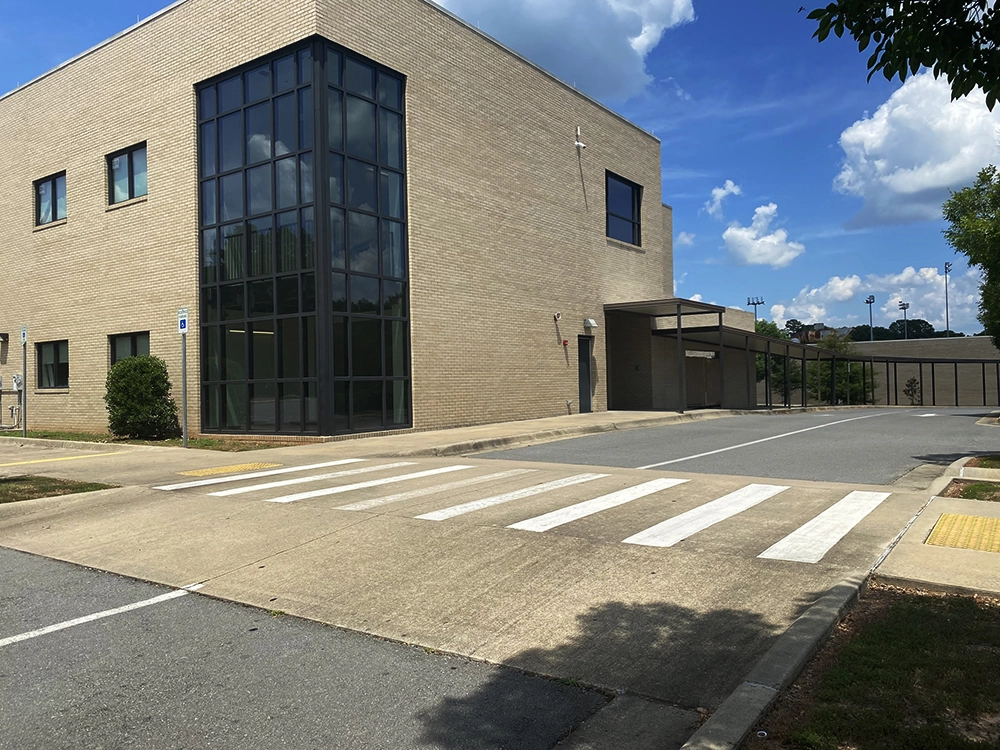
We used the same rationale with the raised crosswalk constructed along with the Main Street widening project to accommodate the new North Little Rock High School. In this instance, students must cross a moderately busy city street when approaching the high school from the parking lot. This crosswalk, which includes a variety of highly visible signals, helps to offer an important piece of protection for students crossing the street in the early morning and afternoon hours. Due to the amount of vehicular traffic in this area as well as potential drainage concerns associated with this crosswalk being located on a hill, the design is slightly different. In this instance, the sidewalk lowers pedestrians into the crosswalk rather than the crosswalk being entirely flush with the sidewalk.
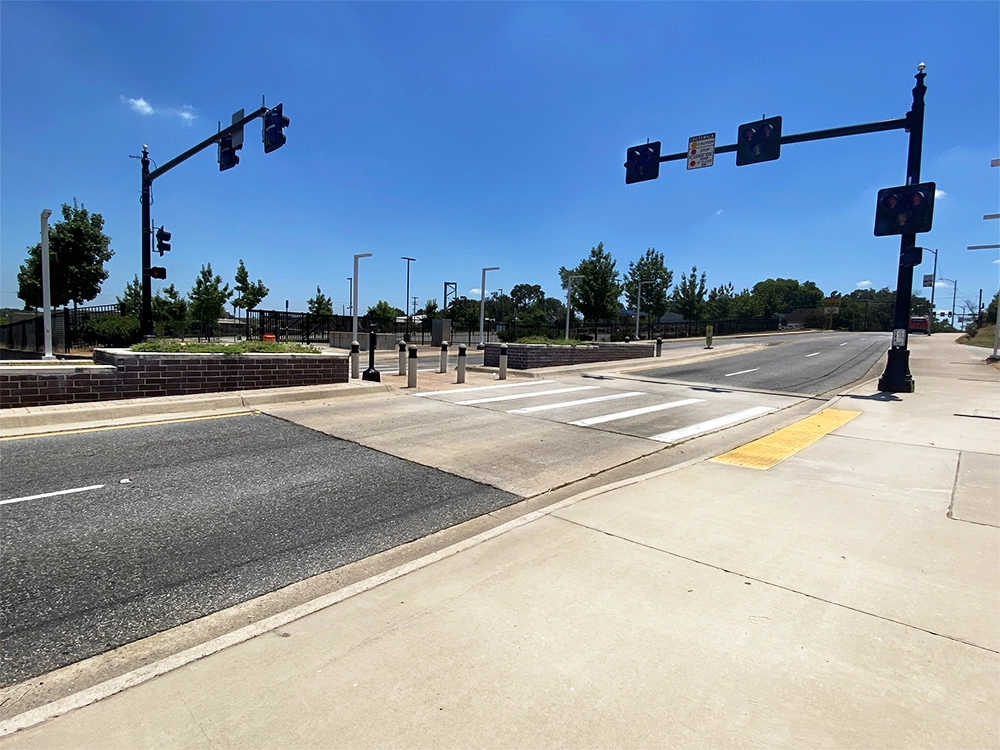
Safe Routes to School notes that raised crosswalks are not appropriate on sharp curves or steep grades and might not be the best option for an intersection that is a part of a bus or emergency route. In residential areas, it is common to see this type of crosswalk utilized in the middle of a city block rather than an intersection.
Effectiveness
As expected, the most important consideration for utilizing a raised crosswalk is its effectiveness. The objective of these crosswalks is ultimately to ensure the safety of pedestrians. The statistics regarding pedestrian accidents are staggering. As noted above, FHWA statistics show that when placed at appropriate locations, these crosswalks can reduce pedestrian crashes by as much as 45%.
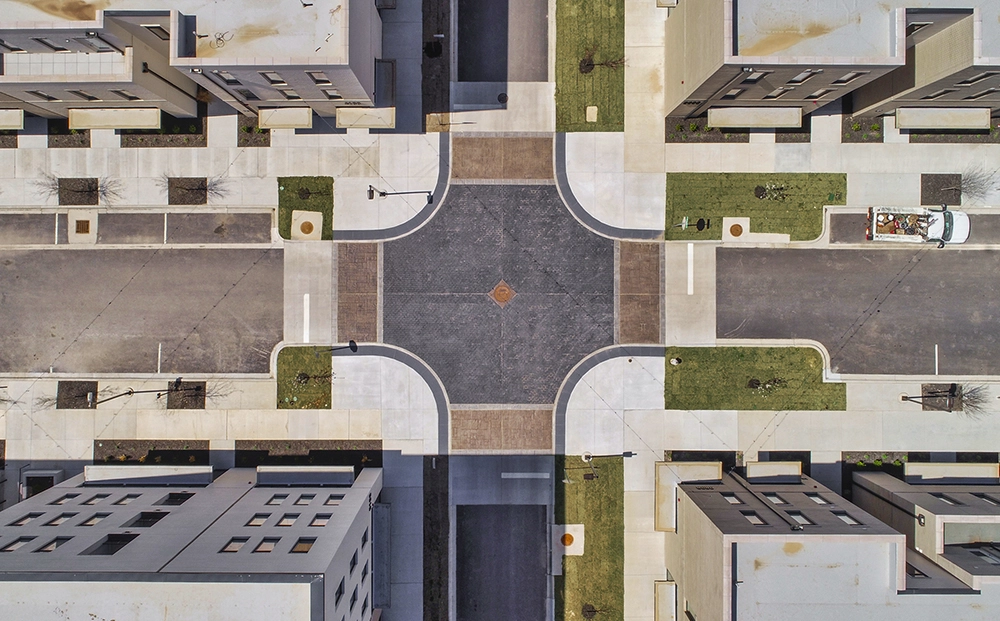
Generally, these crosswalks can accomplish the mission of a decrease in vehicular speeds, which in turn, creates a safer environment for people crossing the street. Since the vehicle must climb a ramp before crossing the crosswalk, the likelihood of a slower speed is greater, especially when combined with crosswalk visibility enhancements.
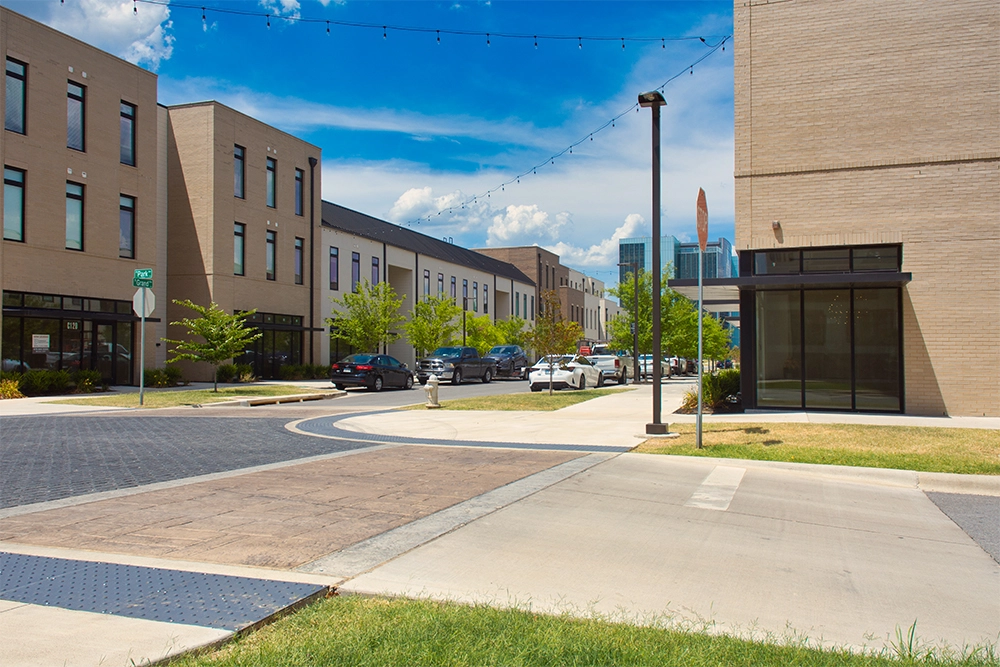
There are a variety of traffic-calming measures engineers should consider in areas with high levels of pedestrian traffic. The effectiveness of a raised crosswalk definitely earns this method a spot on the list of options.